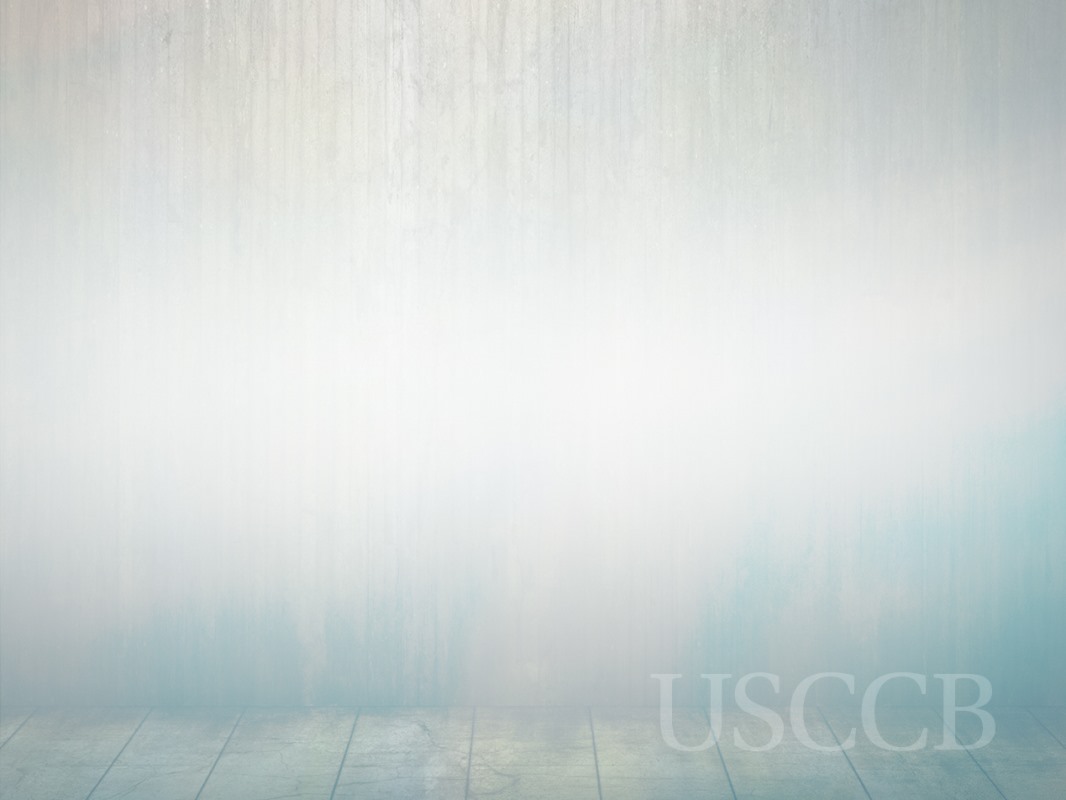

58
|
How to Cover the Catholic Church
or dies. See
auxiliary bishop
and
coadjutor
.
In addition to their diocesan
responsibilities, all bishops have a responsibility to act in council with other
bishops to guide the church.
Adj.
episcopal
.
bishops’ conference.
A national (or in a very few cases regional) body of
bishops that meets periodically to collaborate on matters of common concern
in their country or region, such as moral, doctrinal, pastoral and liturgical
questions; relations with other religious groups; and public policy issues. It is
also called an
episcopal conference
. The U.S. conference is the
United States
Conference of Catholic Bishops
, or
USCCB
. See that entry.
brother.
A man who has taken vows in a religious order but is not ordained
or studying for the priesthood. Sometimes he is called a
lay brother
to distin-
guish him from clerical members of religious orders. See
lay
.
canon.
Greek for rule, norm, standard or measure, it is used in several ways
in church language. (1) The canon of Sacred Scripture is the list of books
recognized by the church as inspired by the Holy Spirit. (2) Before the litur-
gical reforms of the Second Vatican Council, the single eucharistic prayer
used universally in the Latin Mass was called the Roman Canon. Now that
there are four eucharistic prayers in general use, they are usually referred to
as Eucharistic Prayer I, II, III or IV, but they may also be called canons. The
first of these is still called the Roman Canon because it is nearly identical to
the original Roman Canon. (3)
Canon
is another name for a law in the
Code of
Canon Law
.
Adj.
canonical
. See also
canon law
.
canon law.
A code of ecclesiastical laws governing the Catholic Church. In
the Latin or Western Church, the governing code is the 1983
Code of Canon
Law
, a revision of the 1917
Code of Canon Law
. A separate but parallel
Code of
Canons of the Eastern Churches
, issued in 1990, governs the Eastern Catholic
churches. That document was the first comprehensive code of church law
governing all Eastern Catholic churches.
cardinal.
Highest-ranking Catholic clergy below the pope. By church law car-
dinals are regarded as the pope’s closest advisors, and when a pope dies those
who are not yet 80 years old meet in a conclave in Rome to elect a new pope.
Most cardinals are archbishops; canon law since 1983 says they must at least
be bishops, but exceptions have been made in several cases where a noted

















